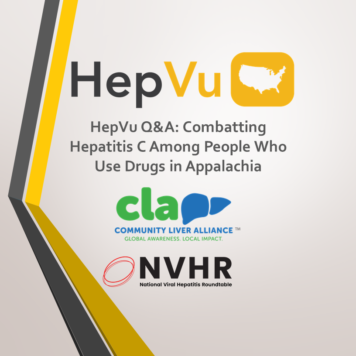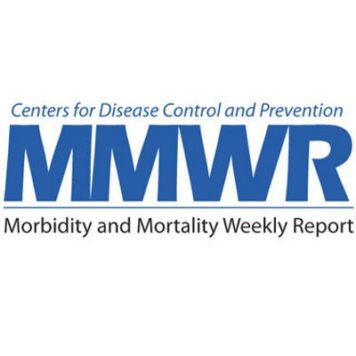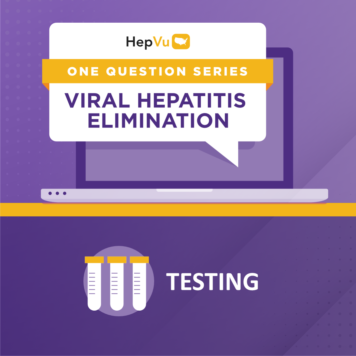In January 2021, the U.S. Department of Health and Human Services (HHS) released its Viral Hepatitis National Strategic Plan: A Roadmap to Elimination 2021-2025. The plan outlines objectives and strategies to aid stakeholders—researchers, policy makers, health care providers, advocacy groups, and patients—in working together to eliminate viral hepatitis as a public health threat in the U.S.
This series of one question blogs on viral hepatitis elimination explores what it will take to achieve the plan’s ultimate goal of eliminating viral hepatitis in the U.S. by 2030. Other blogs in the series include:
- Testing
- People Who Inject Drugs
Q: People who inject drugs (PWID) are disproportionately impacted by the viral hepatitis epidemic. Due to inefficient medical systems, counterproductive treatment restrictions, and stigma, this group of people faces significant barriers to prevention and care. HHS’ national plan calls out the goal of “increasing viral hepatitis prevention and treatment services for people who use drugs.” From your perspective as a viral hepatitis expert, what does the U.S. need to do to eliminate viral hepatitis by 2030 among PWID?
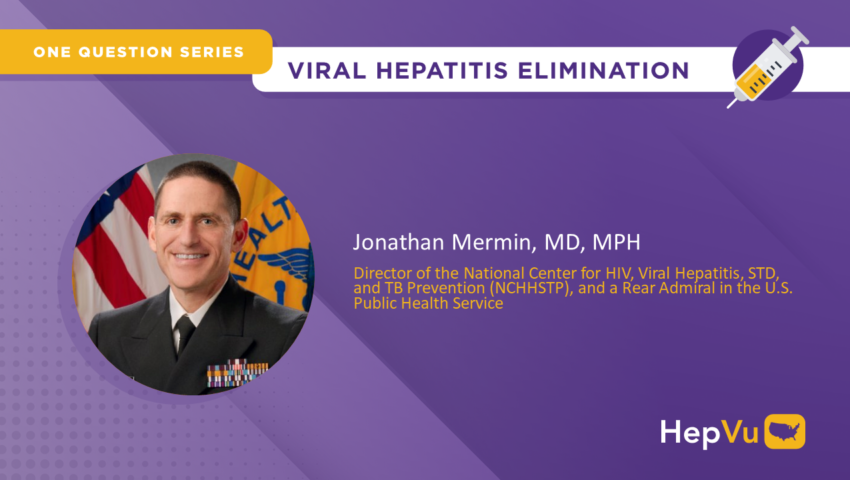
FEDERAL PERSPECTIVE:
When safe, effective cures for hepatitis C were cleared by the FDA I thought hundreds of thousands of lives would be saved. But, being approved does not mean easily available, and treatment access does not mean for everyone. Our nation can remove treatment restrictions, incorporate HCV testing and treatment as a core component of care for people who use drugs, and bring services to where people need them—syringe services programs, substance use treatment programs, community clinics, and correctional facilities. In the U.S., you should not have to jump over fences of bureaucracy and wend your way through swamps of paperwork to access lifesaving treatment.
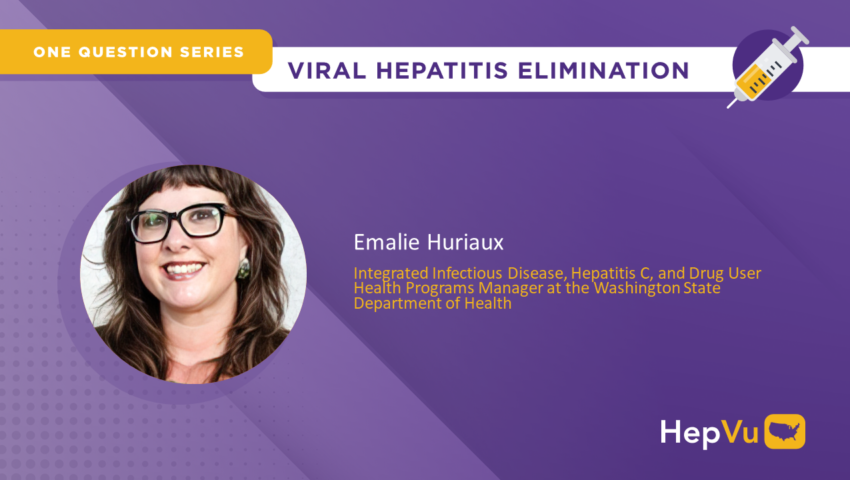
STATE HEALTH DEPARTMENT PERSPECTIVE:
Given the impact of stigma and discrimination, people who use drugs may not be well served in traditional medical settings. We will never eliminate viral hepatitis if we do not resource low-barrier harm reduction-oriented vaccination, testing, linkage to care, and treatment services in settings people who use drugs already go and trust, places like syringe service programs and opioid treatment programs.
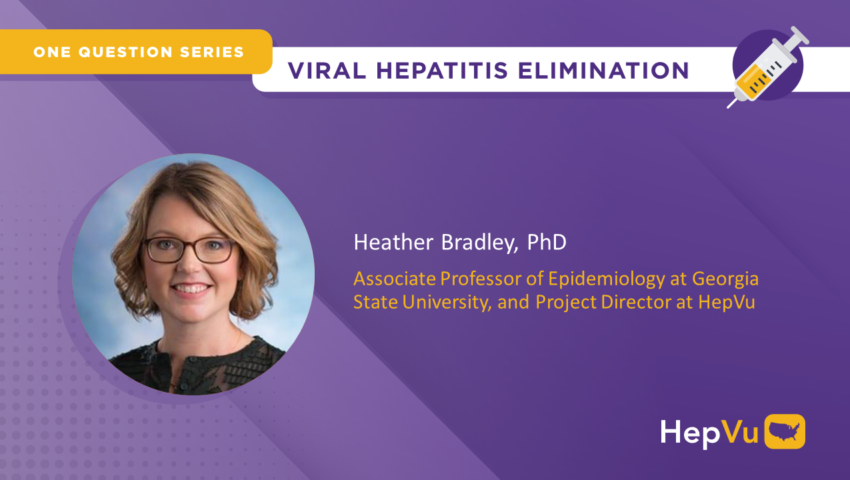
EPIDEMIOLOGIST PERSPECTIVE:
New data from my team suggest nearly 4 million Americans inject drugs, which is at least a 3-fold increase from 2011. Services need to be scaled up accordingly and urgently. We need to improve policies and increase resources for offering harm reduction services to people who inject drugs. Syringe services programs, including distribution of clean syringes and provision of HCV testing and treatment, prevent HCV and save lives.

ADVOCACY ORGANIZATION PERSPECTIVE:
After 25 years in harm reduction, I was recently asked what word comes to mind when I think about harm reduction today. My answer was the word “possibility”. Today we have the possibility, more than ever before, to ensure that harm reduction is infused into every aspect of the care continuum for a person who injects drugs, including the elimination of Hep C either through prevention or treatment options. Let’s make that possibility happen!


